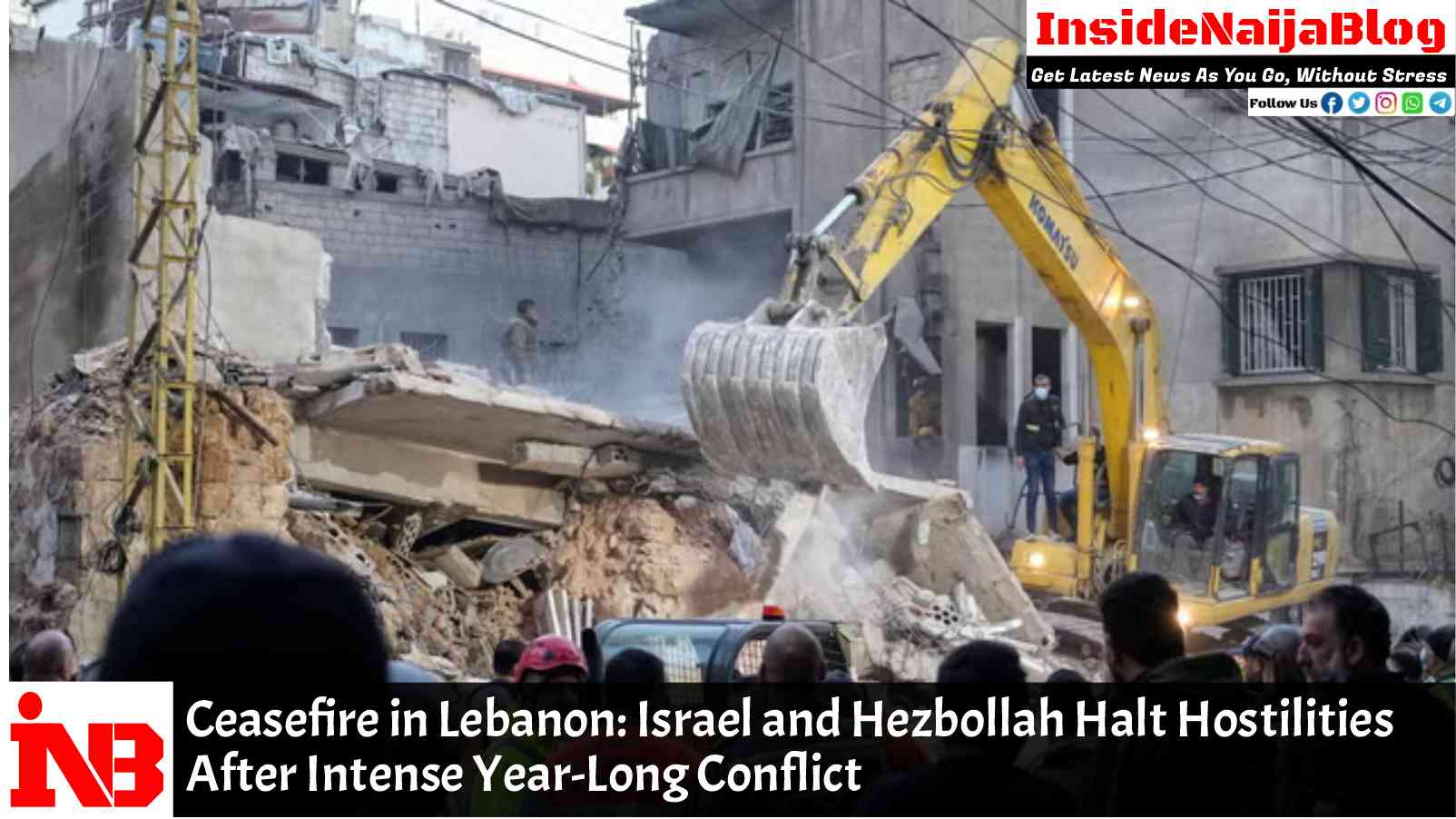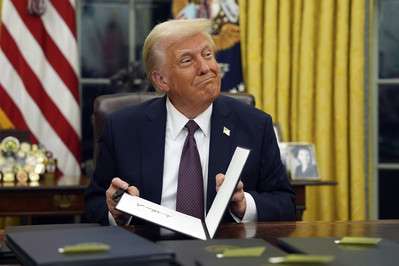A ceasefire between Israel and Hezbollah in Lebanon took effect early Wednesday, ending over a year of devastating conflict that claimed thousands of lives and displaced nearly a million people across both nations. The truce, brokered with U.S. and Lebanese mediation, aims to halt the violence and allow for a gradual withdrawal of Israeli forces from southern Lebanon over the next two months.
Displaced Residents Return Amid Warnings
As the ceasefire began at 4:00 am local time, hundreds of displaced Lebanese residents began returning to their homes, particularly in the south. Traffic heading to Sidon and other southern areas surged, with cars and minibuses packed with families carrying belongings. Joyous scenes of honking and singing were reported, although caution was urged.
The Israeli military warned residents not to approach military positions or evacuated villages, stressing that its forces remain stationed in southern Lebanon. Lebanese authorities and Hezbollah-affiliated rescuers similarly advised caution, urging people to wait for formal announcements before resettling.
Military and Political Developments
The Lebanese army announced plans to deploy forces to the south, filling the vacuum left by the Israeli withdrawal. According to U.S. envoy Amos Hochstein, Israeli forces will remain positioned close to the border initially but will retreat gradually over the next 60 days. The objective is to avoid a repeat of the failed 2006 ceasefire implementation, which led to the current conflict.
Israel’s Prime Minister Benjamin Netanyahu emphasized that Israel retains the right to act against Hezbollah if new threats arise. Netanyahu praised U.S. President Joe Biden for his role in securing the truce and noted that Israel can now refocus on its ongoing conflict with Hamas in Gaza and broader concerns about Iran.
A Costly Conflict
The war, which began when Hezbollah launched attacks in support of Hamas after its October 2023 assault on Israel, has taken a severe toll. Lebanon reported over 3,800 deaths, with extensive damage from Israeli airstrikes. Israel suffered the loss of 82 soldiers and 47 civilians. The conflict also saw Israeli strikes on Beirut and retaliatory Hezbollah attacks on northern Israel up until hours before the ceasefire.
Regional Implications
The ceasefire marks a significant moment for regional stability. Iran, a key supporter of Hezbollah and Hamas, welcomed the truce and reiterated its backing for the Lebanese government and Hezbollah. While Hezbollah has been weakened by the conflict, including the loss of its leader Hassan Nasrallah in a September airstrike, it remains a powerful force in Lebanon.
For Israel, the truce offers an opportunity to intensify its operations against Hamas in Gaza and to focus on what Netanyahu described as “the Iranian threat.” The ceasefire’s success depends on its full implementation, with oversight from the U.S. and France.
Looking Ahead
As peace takes hold in southern Lebanon, the next 60 days will be critical. Both sides will be watching closely to ensure compliance with the agreement, while displaced communities cautiously return and rebuild. The focus now shifts to stabilizing the region and preventing a resurgence of violence, as well as addressing the humanitarian and political challenges left in the conflict’s wake.




